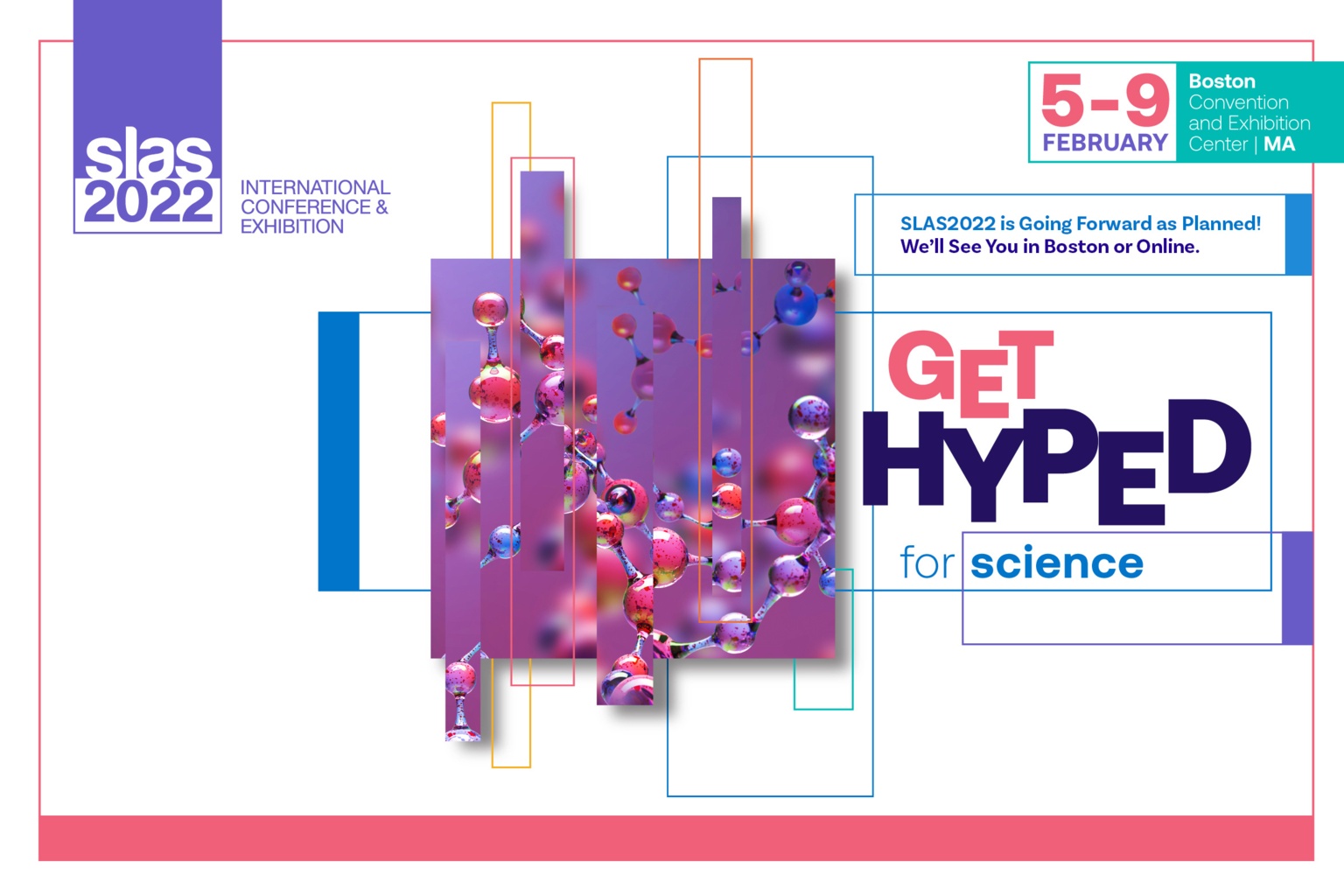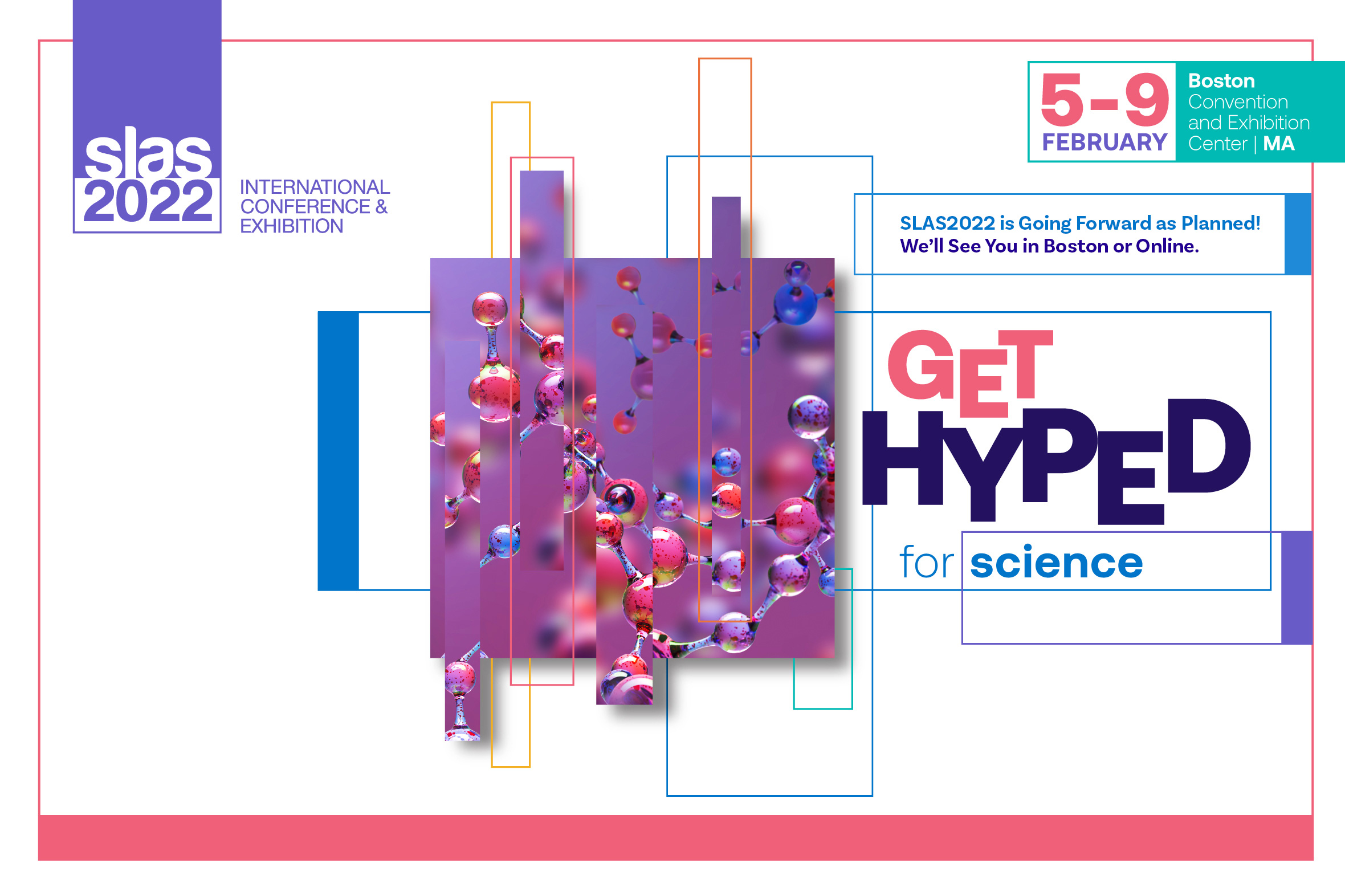February 5-28, 2022
Boston Convention & Exhibition Center
Boston, MA, USA


February 5-28, 2022
Boston Convention & Exhibition Center
Boston, MA, USA
Cell-based in vitro assays are used throughout the drug discovery and development chain, allowing for high-throughput efficacy and mechanistic-based toxicity testing. A big challenge, however, is the translation of in vitro assays towards the in vivo outcome. Physiological relevance is a key parameter to improve the predictive power of cell-based assays. The better we can reflect tissue architecture, composition and function the more predictive an in vitro assay will become. This course covers advances in 3D cell culture technologies, assays and their use in drug discovery and development. Organ-on-chip devices and 3D bioprinting round off the curriculum.
Industry and academic scientists with mid- to advanced-level experience in cell-based assays or cell biology wishing to get a concise overview about technologies, advantages, cost and application examples of 3D cell-based assays and organ-on-chip devices.

Marc Ferrer, Ph.D.
NIH/NCATS
Marc Ferrer is currently the Director of the 3D Tissue Bioprinting Laboratory at NCATS. In the last four years, he has led the implementation of the NCATS 3D Tissue Bioprinting Laboratory, a multidisciplinary group with the goal of creating, validating, and using 3D bioengineered tissues for disease modeling and drug discovery and development. Previously, Marc was a Team Lead at the NIH Chemical Genomics Center working on the discovery of small molecule probes to study protein function. Before joining NIH, he was Director of Assay Development and High Throughput Screening at the Department of Automated Biotechnology at the Merck Research Laboratories. Marc received a B.Sc. degree in Organic Chemistry from the University of Barcelona and a Ph.D. degree in Biological Chemistry from the University of Minnesota.

Olivier Frey, Ph.D.
InSphero AG
Olivier Frey is Vice President and Head of Technology & Platforms at InSphero and leads the Microphysiological Systems and Organ-on-Chip programs. Before joining InSphero, he was group leader and SNF Ambizione fellow at the Department of Biosystems Science and Engineering of ETH Zurich, Switzerland. In the Bio Engineering Laboratory of Prof. Andreas Hierlemann he was responsible for the development of integrated microfluidic systems for single cell handling and 3D tissue cultures. Included are in particular multi-tissue systems, or so-called "Body-on-a-Chip" configurations based on 3D microtissue spheroids for perfusion culturing, on-chip and off-chip analysis and interaction. Olivier received his Doctoral degree in Micro Engineering from EPF Lausanne, Switzerland, at Laboratory of Prof. Nico de Rooij, and a Diploma in Microtechnology, Mechanics and Economics from ETH Zürich.

Jan Lichtenberg, Ph.D.
InSphero AG
Jan Lichtenberg, Ph.D., is the Co-Founder and CEO of Swiss- and US-based InSphero Inc., the largest biotech specialized in 3D cell-culture technologies for discovery and safety.
Jan co-founded InSphero in 2009 and grew the company to 65 employees in Switzerland and the US while expanding the business to encompass all top 15 global pharmaceutical companies. Prior to InSphero, Jan had VP R&D and Product Management positions at Hocoma AG (medical robotics) and Uwatec (microelectronics). He holds a Ph.D. from the University of Neuchâtel and managed a research group at the Swiss Federal Institute of Technology (ETH), Zurich. Since 2021 he is a Board Member of the Society of Laboratory Science and Screening (SLAS).

Terry Riss, Ph.D.
Promega Corporation
Terry Riss started the Cell Biology program at Promega in 1990 and held several R&D and Project Management positions since. Dr. Riss managed development of cell viability, cytotoxicity, apoptosis, and protease assay systems and also lead efforts to identify and promote multiplexing of cell-based assays to determine the mechanism of cell death. Riss now serves as Senior Product Manager, Cell Health involved in outreach educational training activities. He has participated in several NIH study sections reviewing HTS grants and is co-editor of the In Vitro Cell Based Assays section of the Assay Guidance Manual hosted by NIH.

Paul Johnston, Ph.D.
University of Pittsburgh
Paul A. Johnston is a professor in the department of Pharmaceutical Sciences, School of Pharmacy at the University of Pittsburgh and has 31 years of drug discovery experience in the Pharmaceutical, Biotechnology and academic sectors. An innovator of cell-based approaches to lead generation and optimization, he pioneered the implementation of high-content imaging technology to drug discovery. In 2005, he was recruited to design and build the University of Pittsburgh Molecular Library Screening Center where he led 21 HTS campaigns and reconfigured the NCI 60 cell line assays for cancer drug combination screening. In 2011, Johnston joined the Department of Pharmaceutical Sciences in the School of Pharmacy to establish his own chemical biology laboratories to conduct research on the application of novel drug discovery strategies to identify new and effective drugs or drug combinations for prostate cancer, melanoma, head and neck cancer and hepatocellular carcinoma. He provides expertise in HTS/HCS assay development and implementation for drug discovery collaborations in other therapeutic areas. He’s been a member of SBS/SLAS since 1998 and was a founding member of the Society for Biomolecular Imaging and Informatics (SBI2) in 2012. Dr. Johnston teaches biochemistry and drug discovery courses to students in the Pharm.D. and Ph.D. programs of the School of Pharmacy.

Madhu Lal-Nag, Ph.D.
FDA
Madhu Lal-Nag earned her Doctor of Philosophy (Ph.D.) in Molecular and Cellular Oncology from The George Washington University and her Master’s in Bioscience Business from The Keck Graduate Institute of Applied Biosciences, Claremont, CA. Prior to that she earned her Master’s in Biochemistry from the University of Mumbai, India.
Her main passion lies in being able to bridge the gap between the academic and the translational aspects of cutting-edge science in oncology, and in using the results of current chemotherapeutic response/regimens to creatively translate cutting edge research to immediately serve patient need. Her research interests lie in the development of predictive alternative models for safety and efficacy in drug development and evaluation. Her work at the National Center for Advancing Translational Sciences (NCATS/NIH) focused on the development of single and multi-cellular tumor spheroids and organoids for high throughput small molecule and functional genomics screening.
At NCATS, Dr. Lal-Nag served as the Director of the Trans NIH RNAi Facility that ran high throughput functional genomics screens for the entire NIH intramural program serving 21 institutes. Her group established an arrayed Functional Genomics robotics platform to run high throughput phenotypic screens for the NIH Intramural Program and built a high caliber multi-disciplinary team of scientists, postdoctoral fellows and post-baccalaureate students to complement and broaden the TNRF scientific expertise. She also led the formation of the first 3D standards working group, with Insphero Inc, which comprised of a group of scientists representing the breadth of academia, pharma and government run research institutions. The premise of this group is to develop a set of standards for “best fit” models that can be used to answer specific questions as they pertain to disease biology in more complex in vitro cellular systems.
Dr. Lal-Nag moved to the Center for Drug Evaluation and Research at the USFDA in December 2018. At the FDA, she serves as the Program Director for the Research Governance Council, an advisory council overseeing CDER Research. She is very active in the micro physiological systems community continuing to teach workshops and give scientific talks about the role and intersection of alternative animal models and micro physiological systems in evaluating efficacy and safety of drugs in therapeutic development.